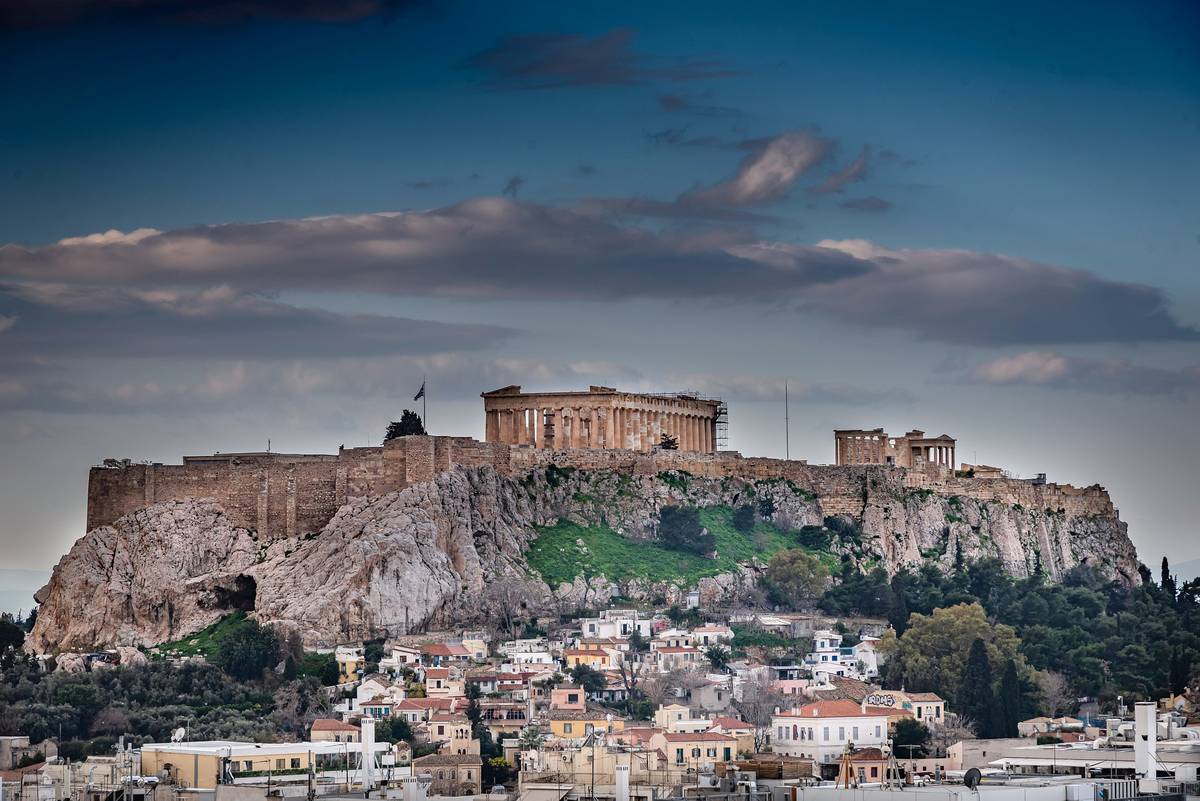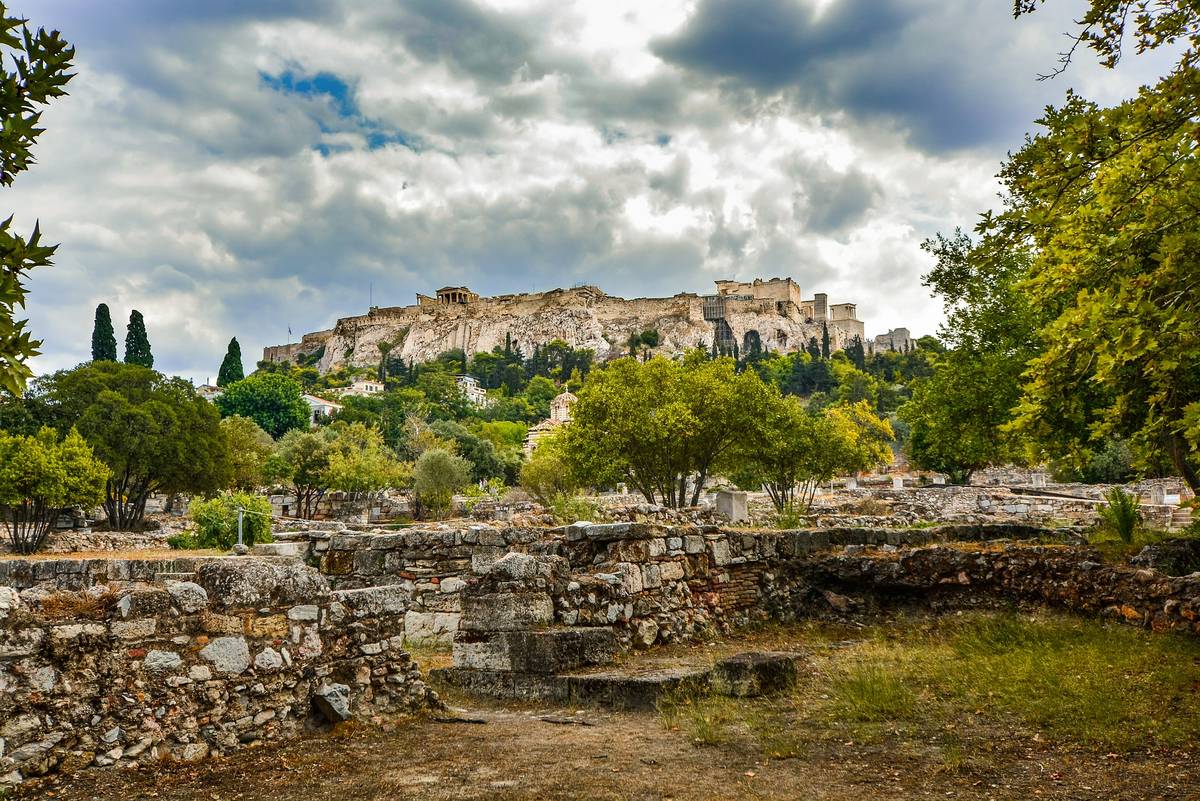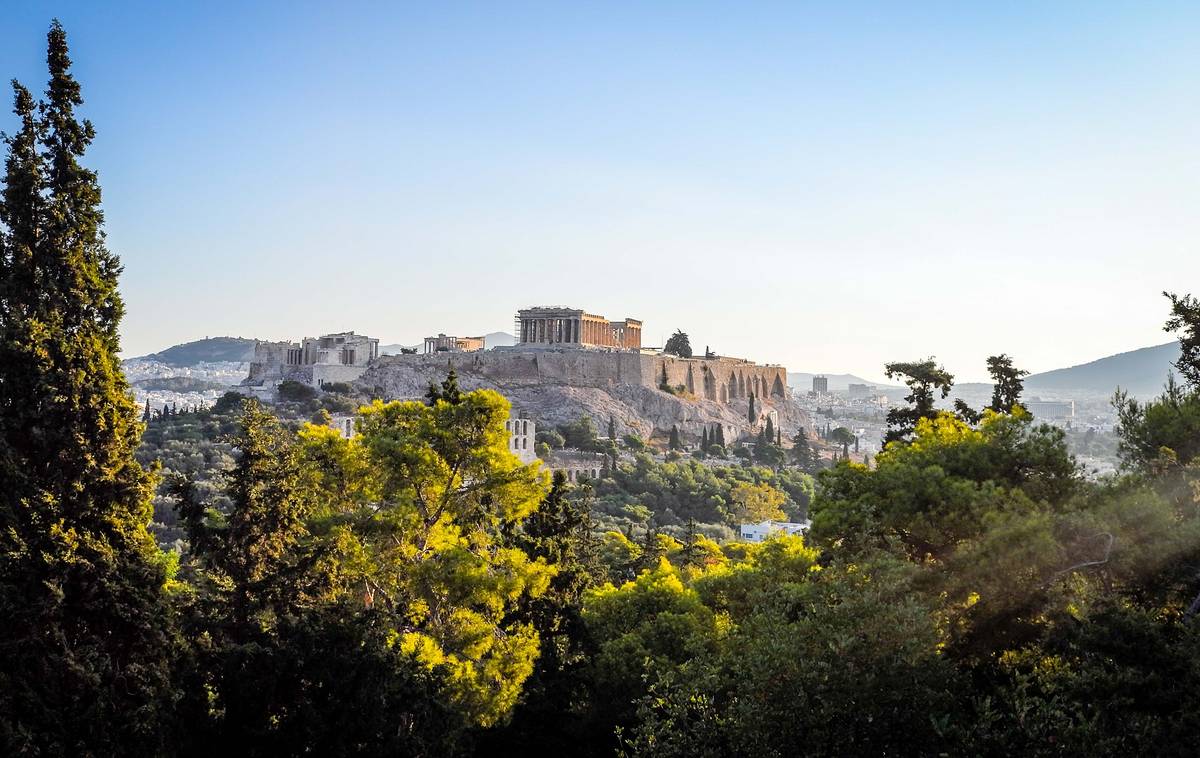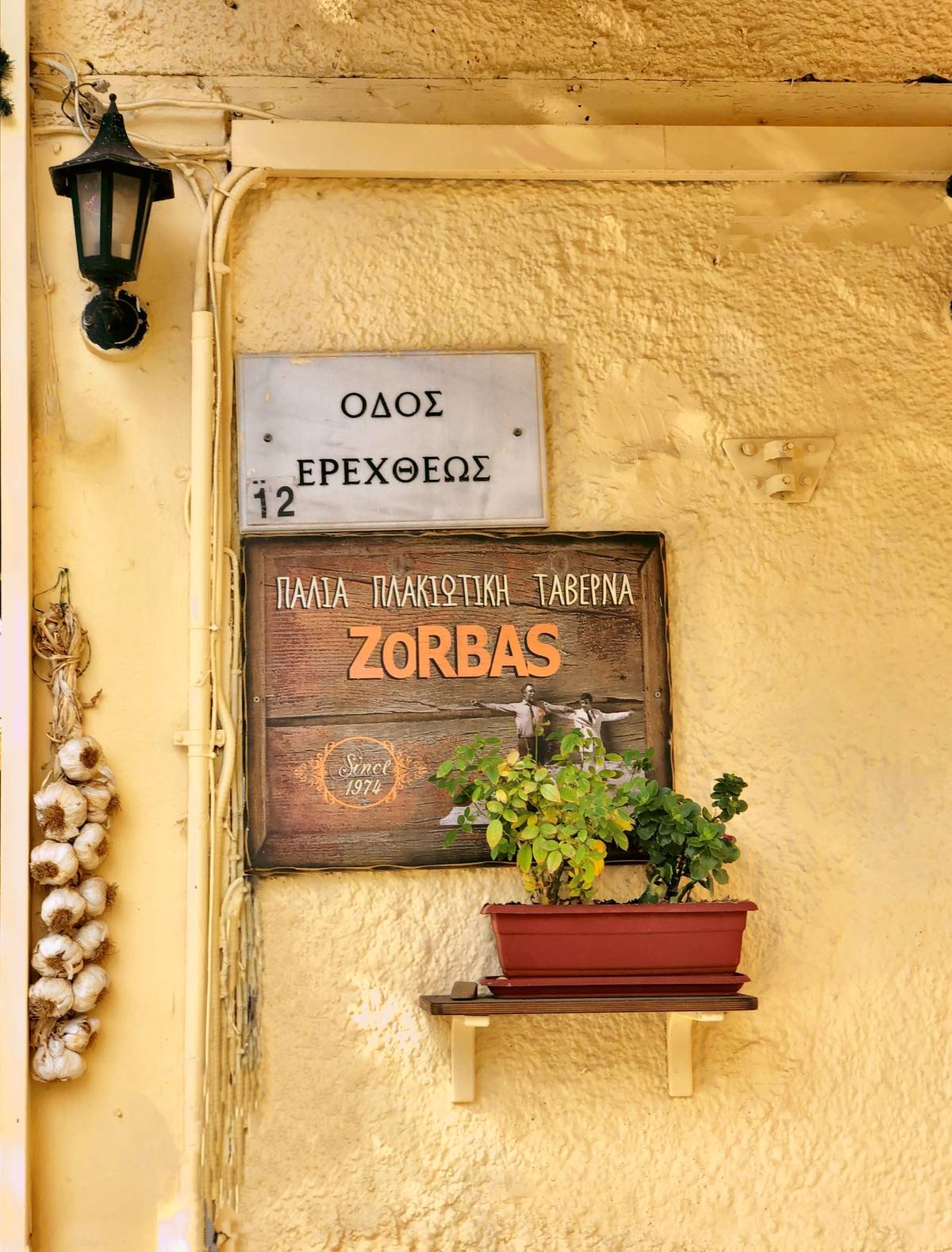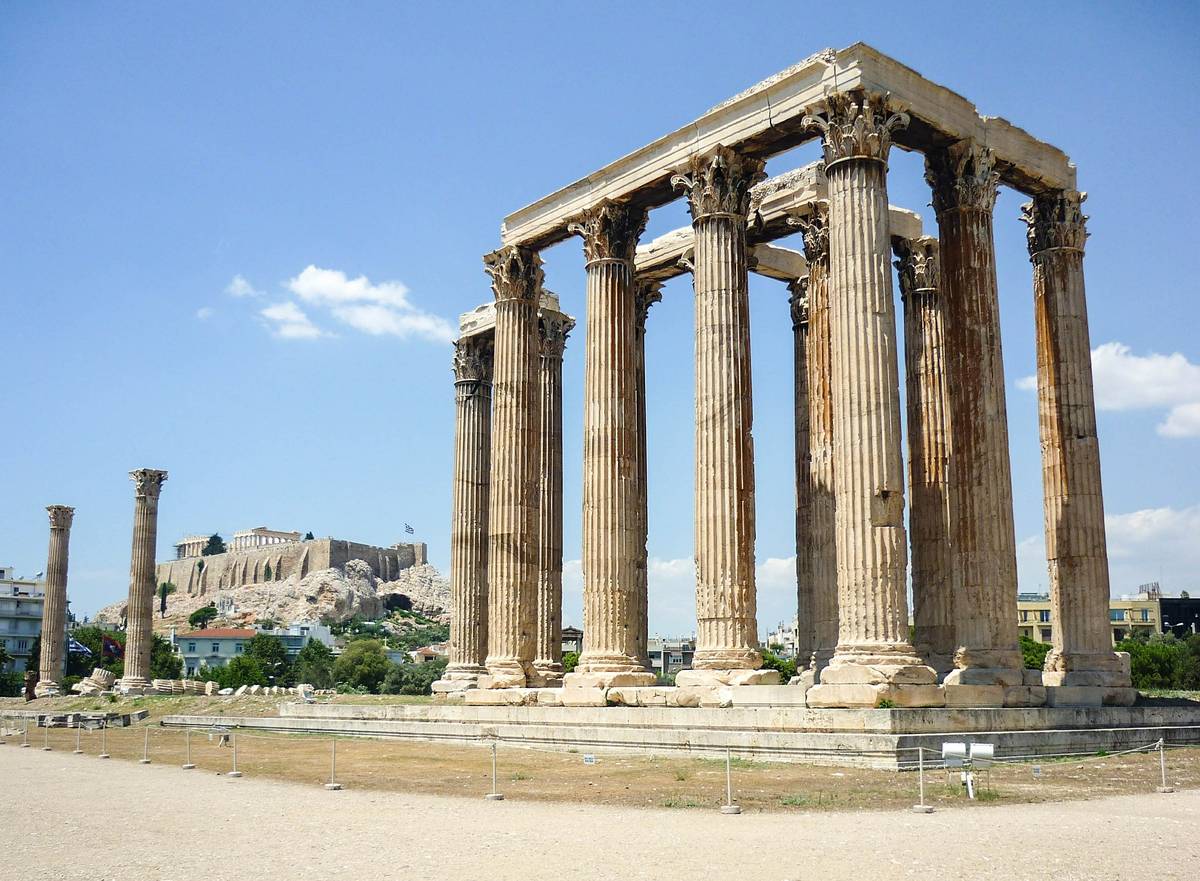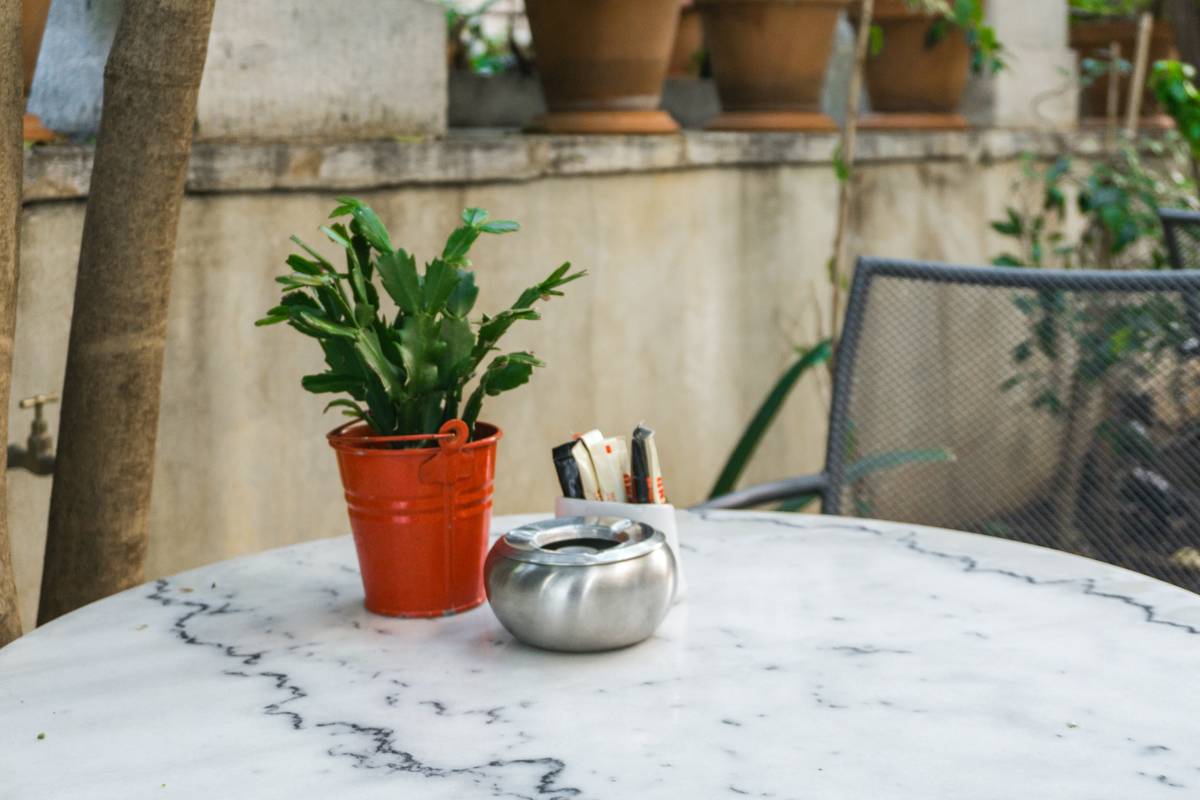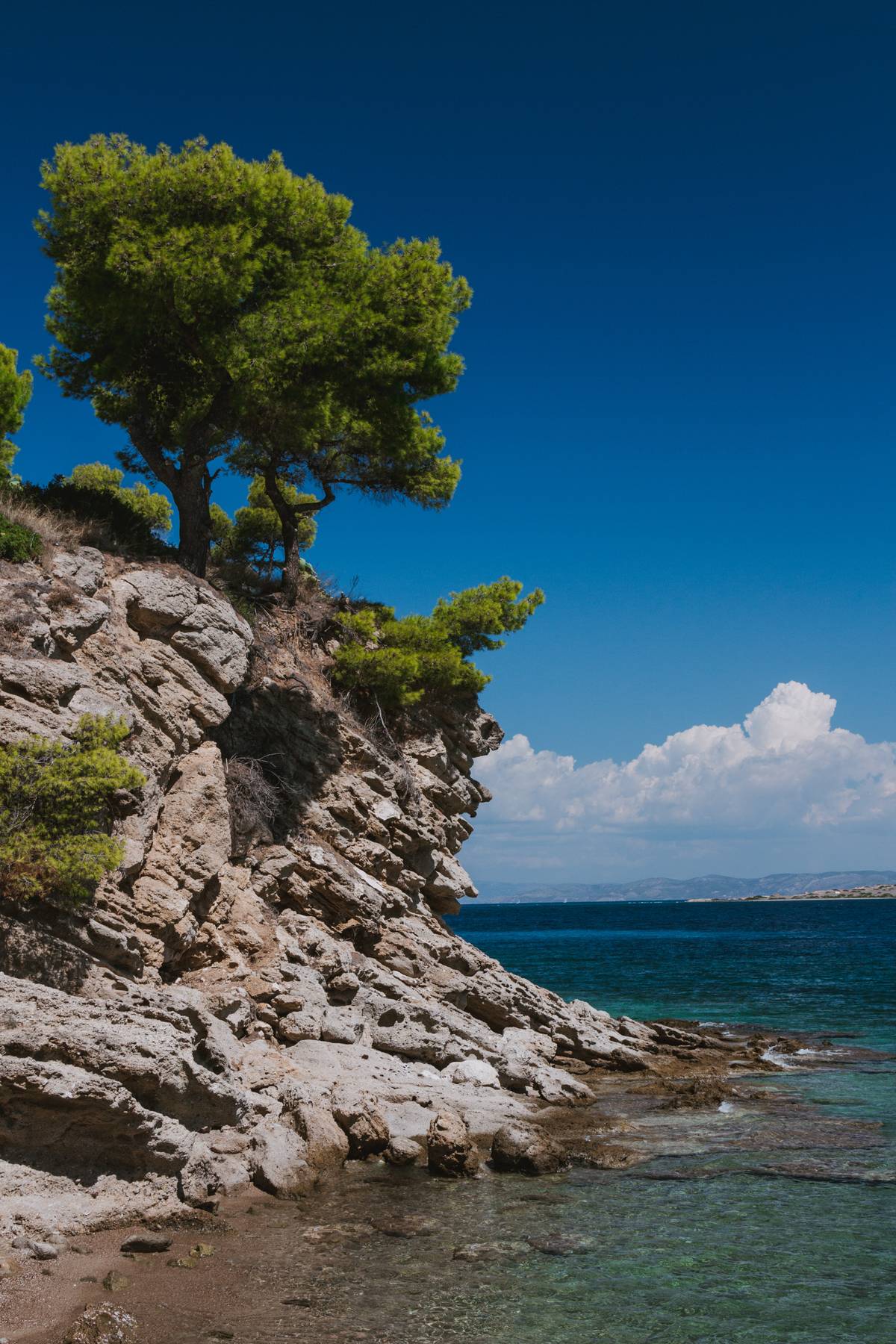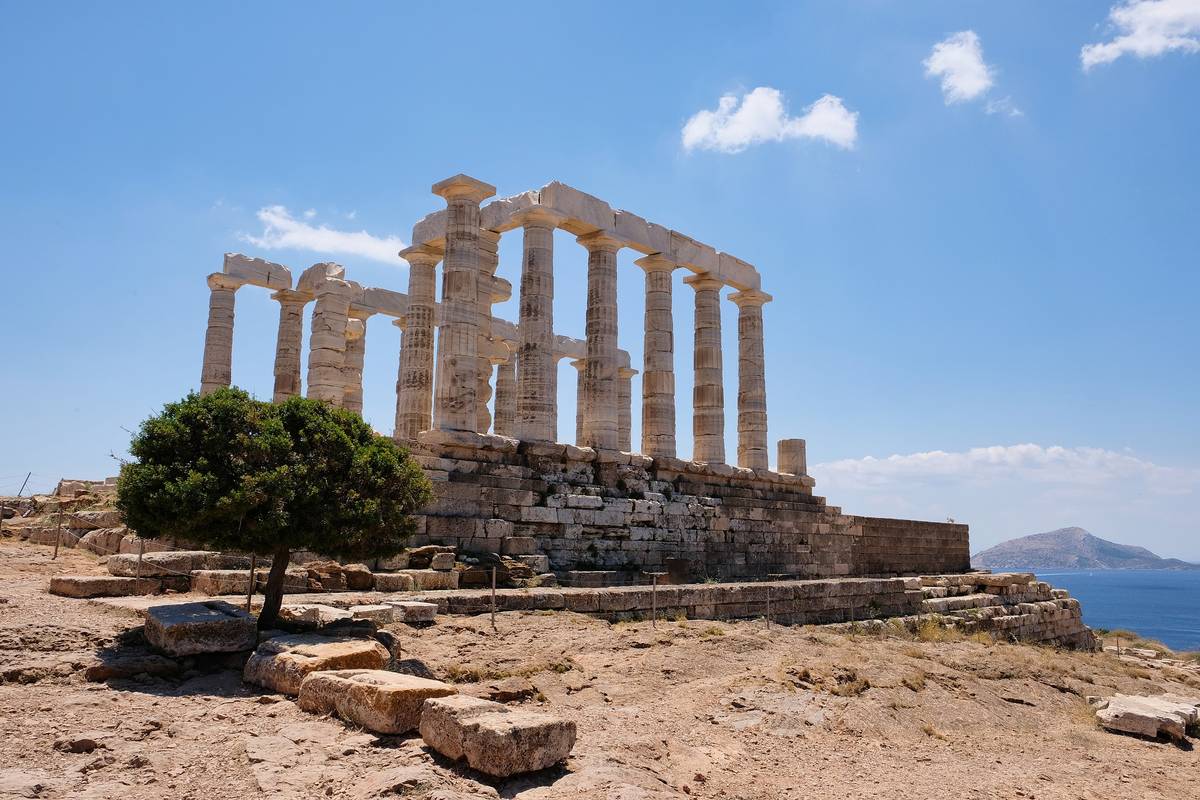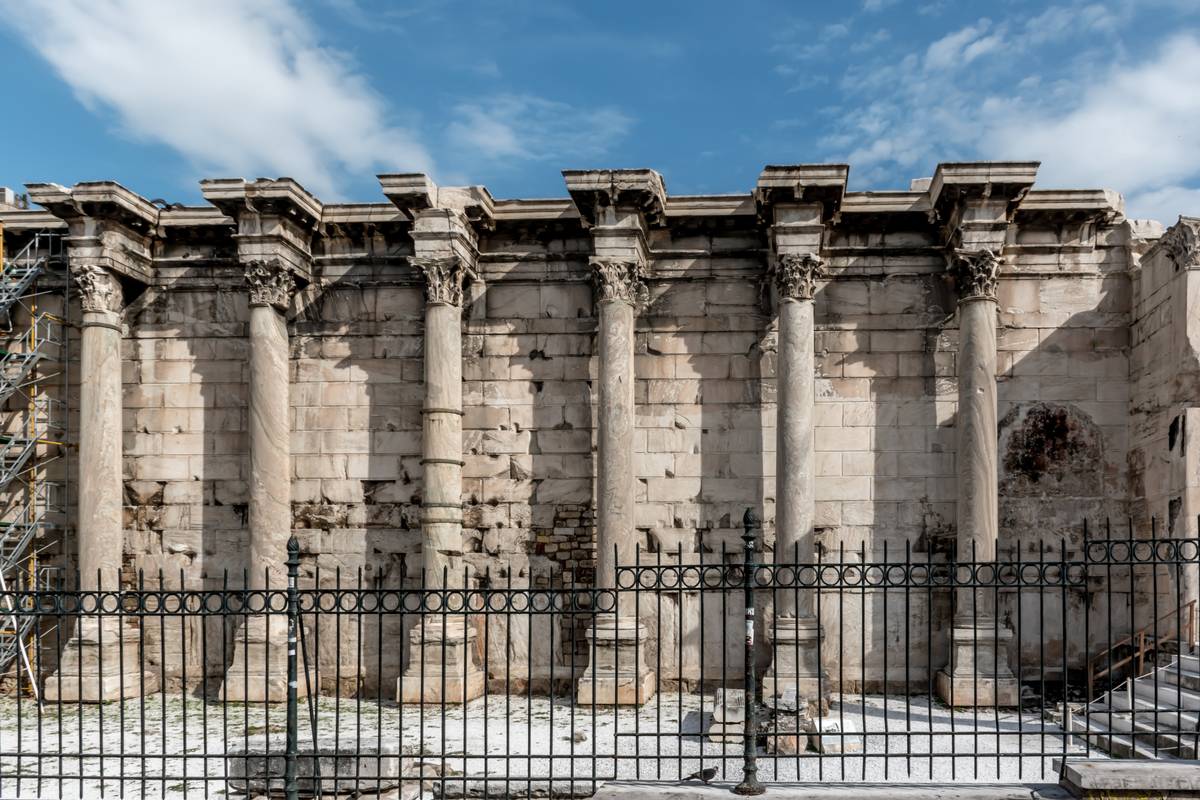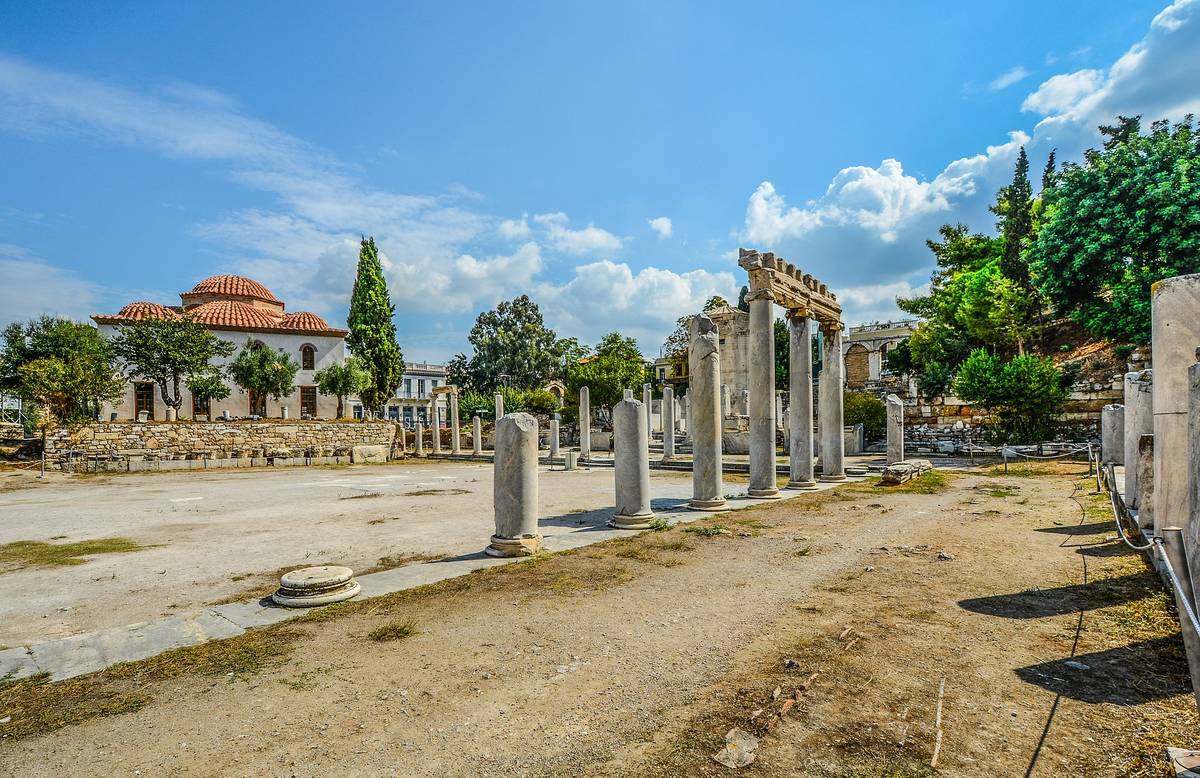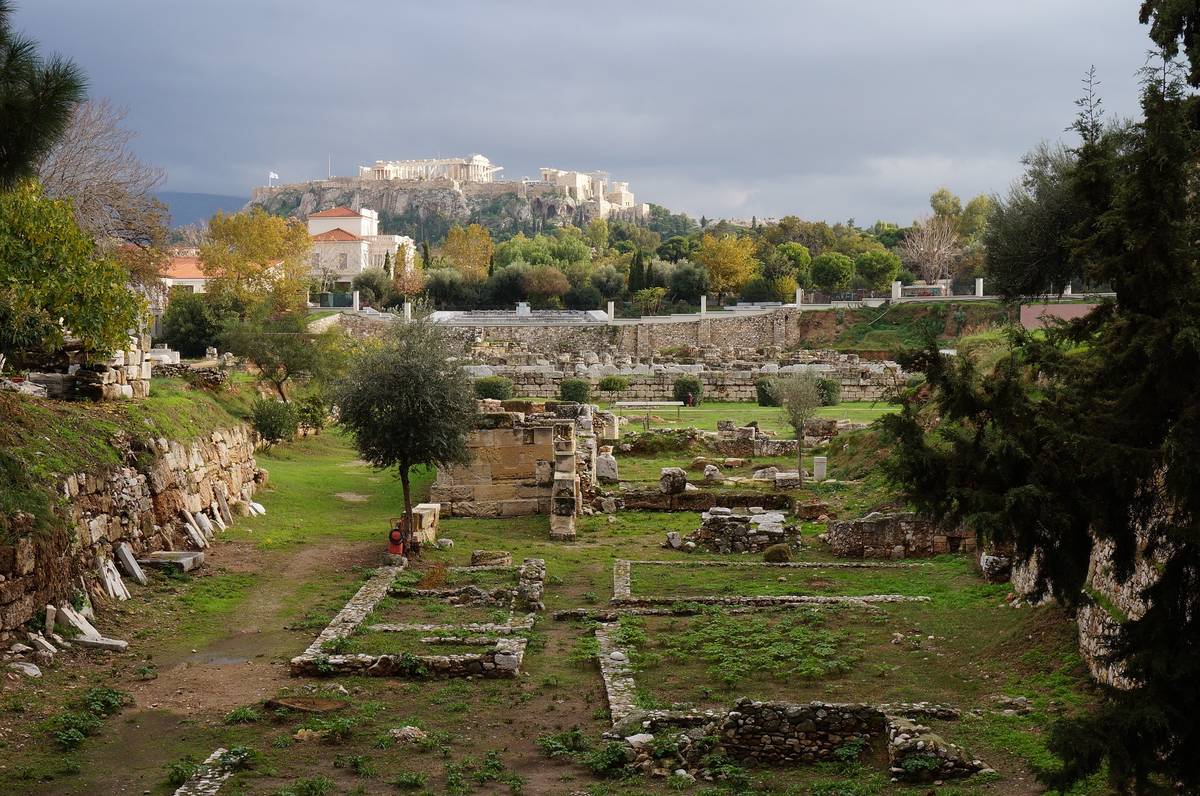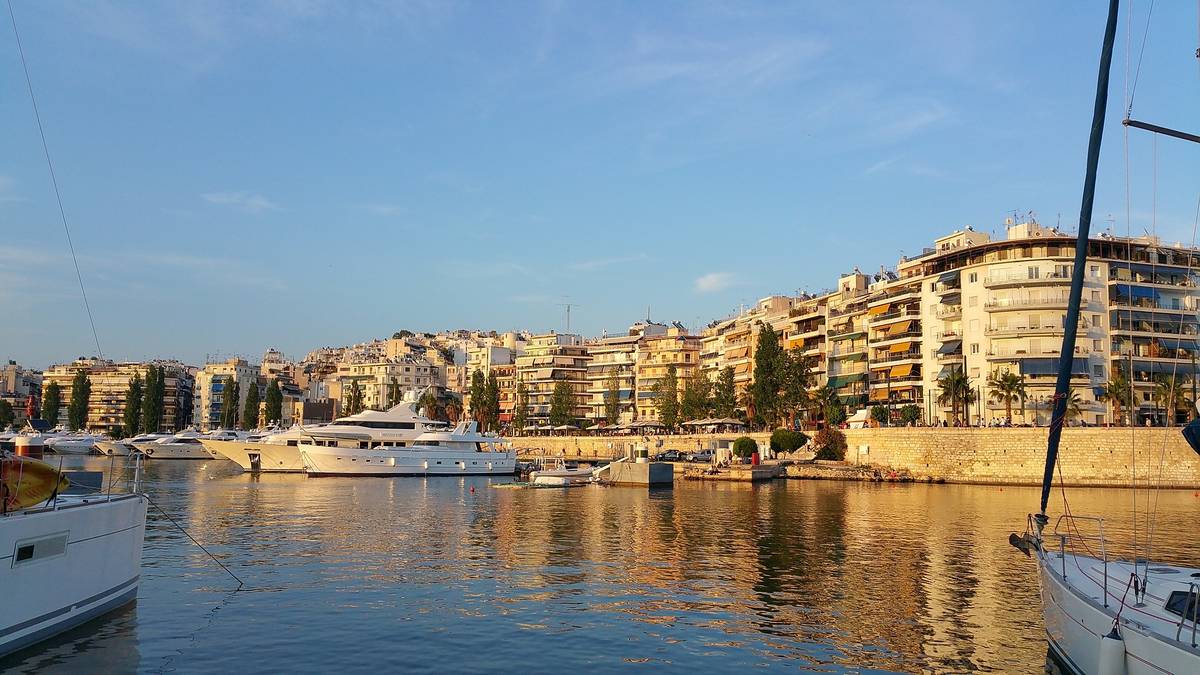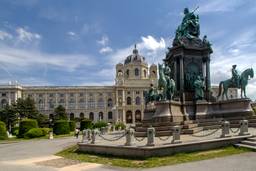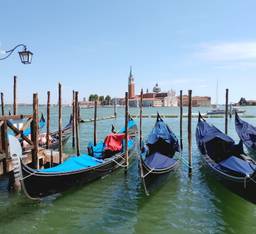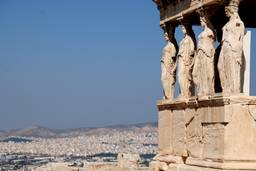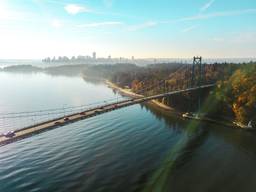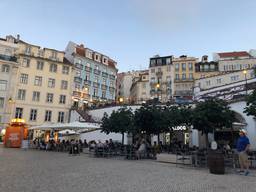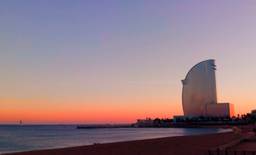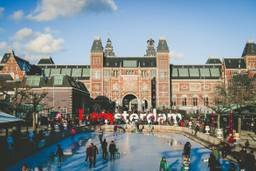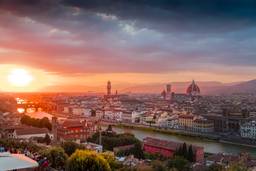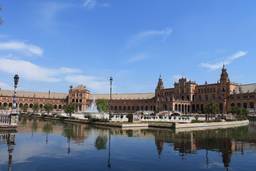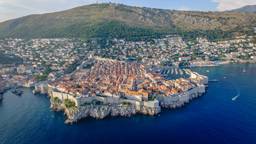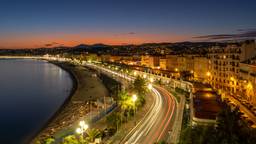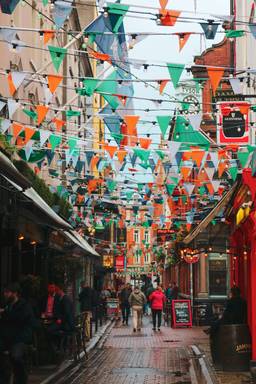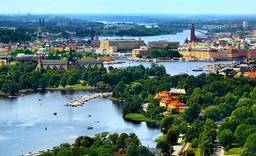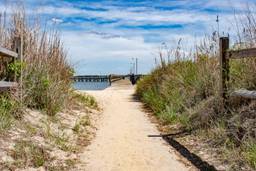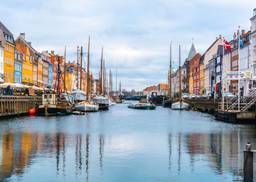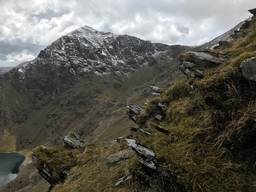How to spend a long weekend in Athens
Travel Itinerary
Itinerary Introduction
Home to the Parthenon, the Acropolis and the Ancient Agora, and seen as the birthplace of western civilisation, it’s no wonder that Athens is such an enduringly popular European destination. But away from its breathtaking ancient sites, Athens is also a vibrant, modern city, with noisy bars and excellent restaurants that spill out onto the streets, meaning you’ll eat, drink and party well here. What’s more, with easy access to the sea, it’s a great stopping-off point before a tour of the Greek Islands. While Athens does offer a huge amount of historical and cultural riches, it’s worth pointing out that these are largely centred in its historic core. The city’s population grew exponentially in the years after the Second World War, meaning that there’s a mish-mash of post-war architecture. So remember that you won’t find yourself surrounded by grand, classical buildings at every turn. Images by Gonbiana from Pixabay; user32212 from Pixabay; Natasa Pavic from Pixabay; and Nimrod Oren from Pixabay.Useful information about Athens
Best times to visit Athens
Greece is a very popular summer holiday destination. This means that, in the summer months, Athens fills up with tourists from around the world, making it harder to book restaurants or sites. Greek summers also get very hot, particularly in the middle of the day, so it’s preferable to visit Athens between September and June. While the months between November and February benefit from less crowds, it can get cold, with occasional rain and snow.Getting around in Athens
Getting around Athens is easy, thanks to its metro and bus systems, which were improved in the run-up to the 2004 Olympic Games. While travelling the metro, look out for the ancient artefacts that are on show in many of the stations – they’ve been put on display in the locations that they were found during the railway’s creation.Making payments in Athens
Almost every shop in Athens will accept credit or debit cards, but it’s always worth having cash with you as well.Tipping in Athens
People tip around 5–10% in restaurants in Greece.Where to stay in Athens
Plaka is the most popular location for tourist accommodation, and here you’ll also find many cafes and tavernas to keep you fuelled-up between sightseeing. Other good neighbourhoods for tourist accommodation are Monastiraki and Koukaki.Discount card for Athens
Note that all archeological sites are free on the first Sunday of the month November–March each year. A combination ticket can be bought for the acropolis and ancient sites for €20 April–October (€10 November–March). This will save you money on buying separate tickets to each of the sites included in this itinerary.Athens - Travel Itinerary
Day 1
Day 1: The Acropolis, the Parthenon and archeological museums
The Acropolis and the Parthenon
| Category | Price | Restrictions |
|---|---|---|
| Standard | 20.00 EUR | |
| Students | 10.00 EUR | |
| Kids | 10.00 EUR | Under 18 |
| Seniors | 10.00 EUR |
Notes
During winter months (November–March), tickets to visit the Acropolis are half the price, meaning £10 for adults and £5 for students, children and over-65s.
Getting there
Most visitors stay in the Plaka neighbourhood, and from here it's just a ten-minute walk to the Acropolis.
Travel time
0 hours 10 minutesPlaka
Getting there
From the Acropolis, it's a ten-minute walk to Plaka.
Travel time
0 hours 10 minutesAcropolis Museum
| Category | Price | Restrictions |
|---|---|---|
| Standard | 10.00 EUR |
Getting there
It's a five-minute walk south from Plaka to the Acropolis Museum.
Travel time
0 hours 5 minutesTemple of Olympian Zeus
| Category | Price | Restrictions |
|---|---|---|
| Standard | Free |
Getting there
Wander only five minutes from the Acropolis Museum to reach the Temple of Olympian Zeus.
Travel time
0 hours 5 minutesNational Archeological Museum
| Category | Price | Restrictions |
|---|---|---|
| Standard | 12.00 EUR |
Notes
Admission to the museum is half the price in winter, at 6€ (1 November until 31 March).
Getting there
From the Temple of Olympian Zeus, walk to Acropoli station to take the train to Omonia, from where it’s a ten-minute walk to the National Archeological Museum. Alternatively, take the bus to Polytechneio.
Travel time
0 hours 20 minutesExarcheia
| Category | Price | Restrictions |
|---|---|---|
| Standard | Free |
Getting there
The National Archeological Museum is in the Exarcheia neighbourhood, so you won't need to wander far.
Day 2
Day 2: Museums, the Olympic Stadium and the beach
Kolonaki Square
| Category | Price | Restrictions |
|---|---|---|
| Standard | Free |
The Museum Mile of Athens
| Category | Price | Restrictions |
|---|---|---|
| Standard | 8.00 EUR | |
| Students | 4.00 EUR | |
| Kids | 0.00 EUR | Under 18 |
| Seniors | 4.00 EUR |
Notes
The museum is not open on Tuesday mornings.
Getting there
From Plaka, the walk to The Museum Mile of Athens takes twenty minutes.
Travel time
0 hours 20 minutesPanathenaic Stadium
| Category | Price | Restrictions |
|---|---|---|
| Standard | 5.00 EUR | |
| Students | 2.50 EUR | |
| Kids | 0.00 EUR | Under 6 |
| Seniors | 2.50 EUR |
Getting there
From Leoforos Vasilissis Sofias, it's a ten-minute walk to the Panathenaic Stadium.
Travel time
0 hours 10 minutesPangrati neighbourhood
| Category | Price | Restrictions |
|---|---|---|
| Standard | Free |
Getting there
The Panathenaic Stadium is within the Pangrati neighbourhood, so you won't need to walk far to find great places to eat and drink.
Legrena Beach
| Category | Price | Restrictions |
|---|---|---|
| Standard | Free |
Getting there
It'll take just over an hour to reach Legrena Beach by car from Athens.
Travel time
1 hour 15 minutesTemple of Poseidon
| Category | Price | Restrictions |
|---|---|---|
| Standard | 4.00 EUR |
Getting there
The temple is less than a ten-minute drive from Legrena Beach.
Travel time
0 hours 10 minutesDay 3
Day 3: Ancient sites and Piraeus
Hadrian's Library
| Category | Price | Restrictions |
|---|---|---|
| Standard | 4.00 EUR | |
| Students | 2.00 EUR | |
| Kids | 0.00 EUR | Under 18 |
Getting there
From Plaka, it's less than a ten-minute walk to Hadrian's Library.
Travel time
0 hours 10 minutesAncient and Roman Agoras
| Category | Price | Restrictions |
|---|---|---|
| Standard | 2.00 EUR | |
| Students | 1.00 EUR | |
| Kids | 0.00 EUR | Under 18 |
| Seniors | 1.00 EUR |
Getting there
The Roman Agora and Ancient Agora are below the Acropolis, in the same area as Hadrian's Library, so you'll only need to walk a few minutes to reach either.
Travel time
0 hours 5 minutesNecropolis of Kerameikos
| Category | Price | Restrictions |
|---|---|---|
| Standard | 8.00 EUR | |
| Students | 4.00 EUR | |
| Kids | 0.00 EUR | Under 18 |
| Seniors | 4.00 EUR |
Getting there
It will take you around ten minutes to walk from the agoras to the Kerameikos Archaeological Park.
Travel time
0 hours 10 minutesPiraeus and the Greek Islands
| Category | Price | Restrictions |
|---|---|---|
| Standard | Free |
Getting there
It's a twenty-five minute taxi to Piraeus from central Athens. Alternatively, take the train, a journey of around twenty minutes, or the metro, which will run you there in half an hour.
Travel time
0 hours 25 minutesAbout the author
I am a professional travel writer and editor with six years' experience working across both print and digital brands.
Reviews
Login to write a review


